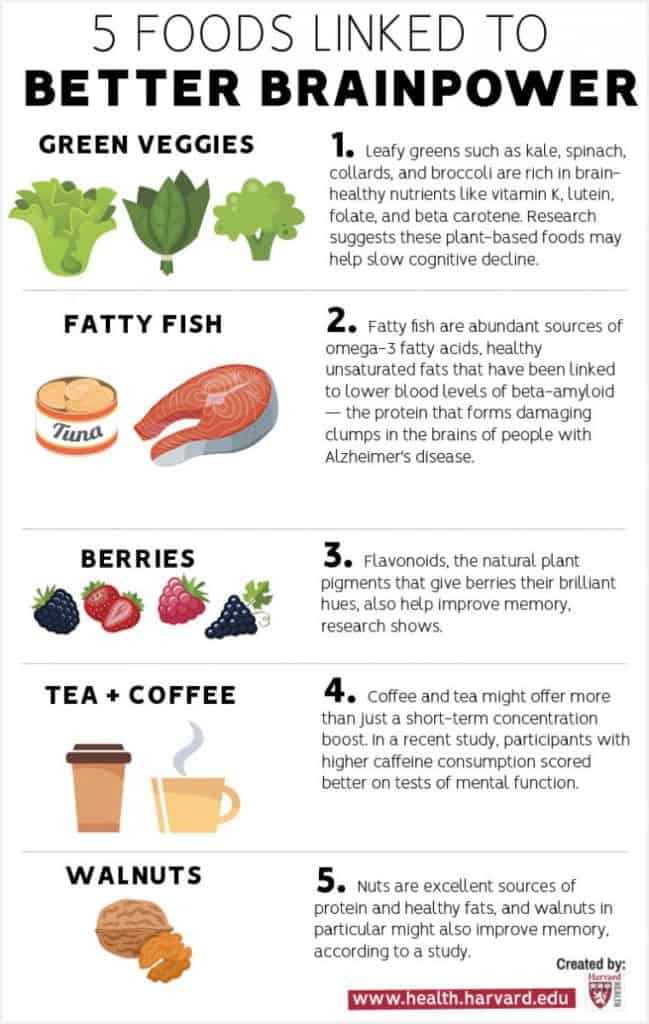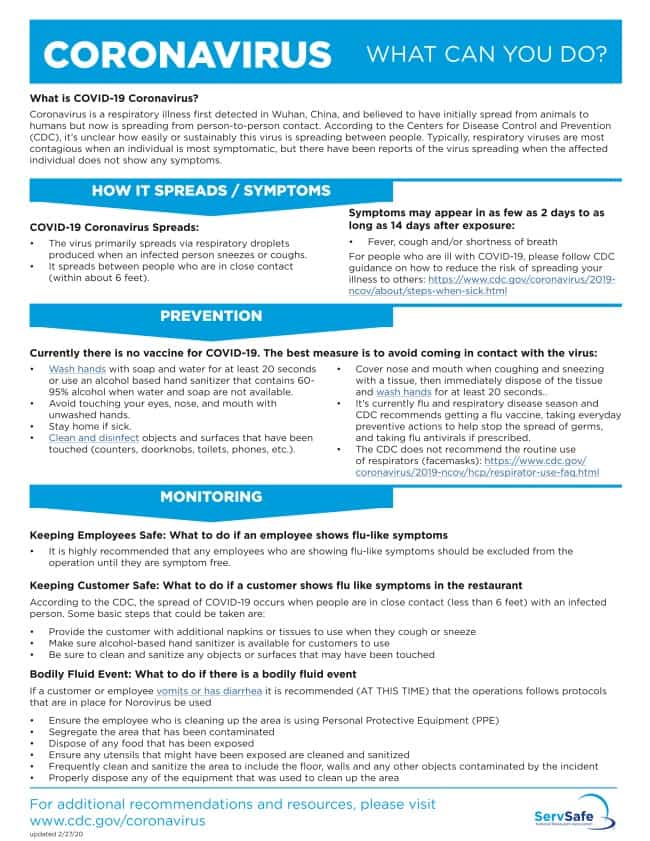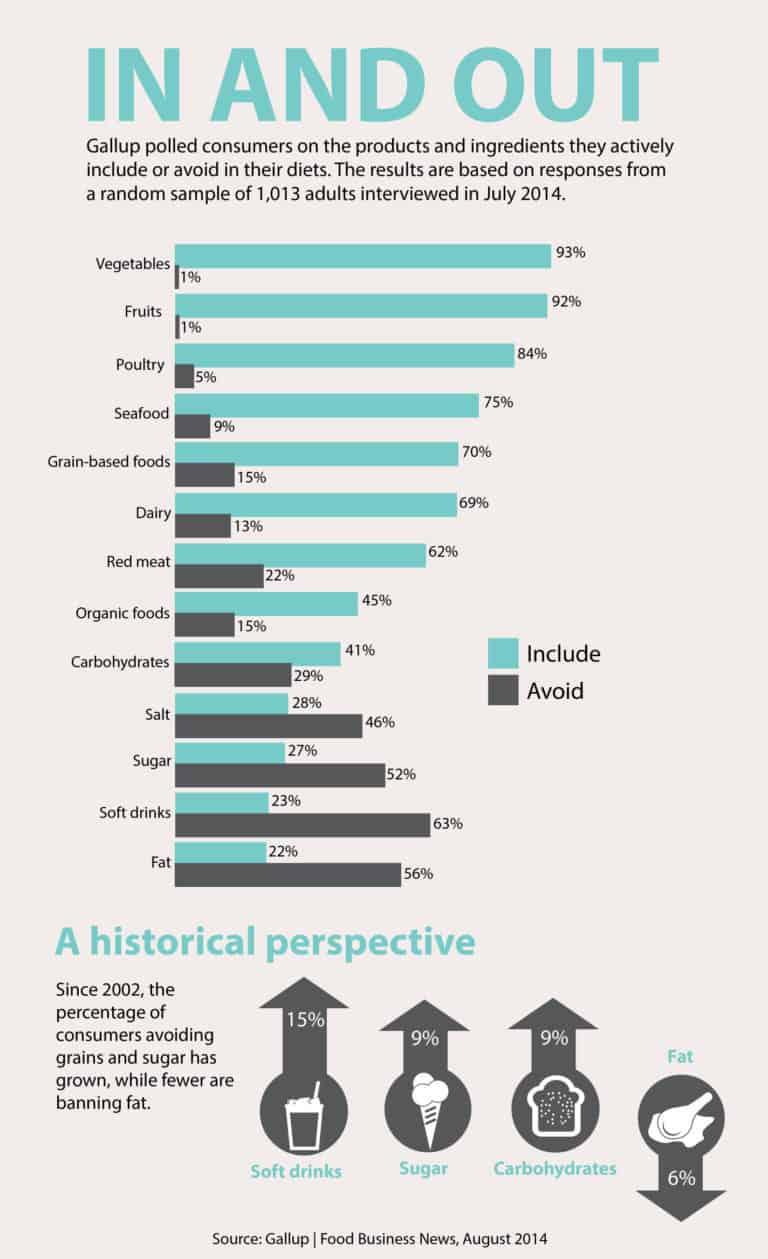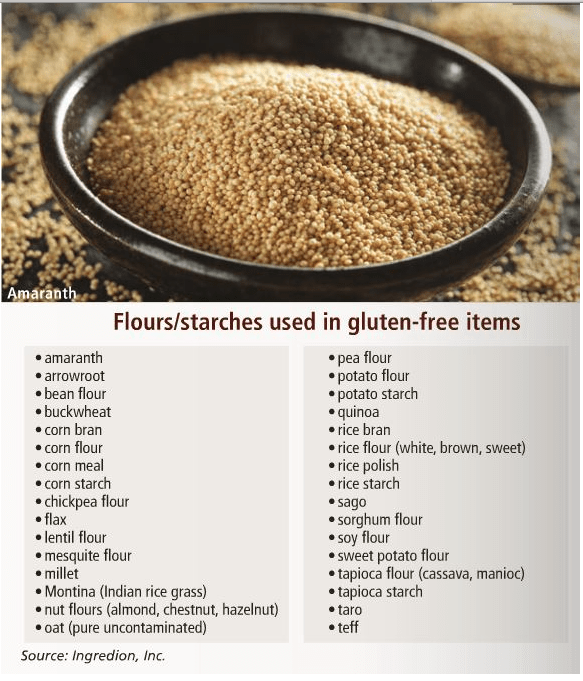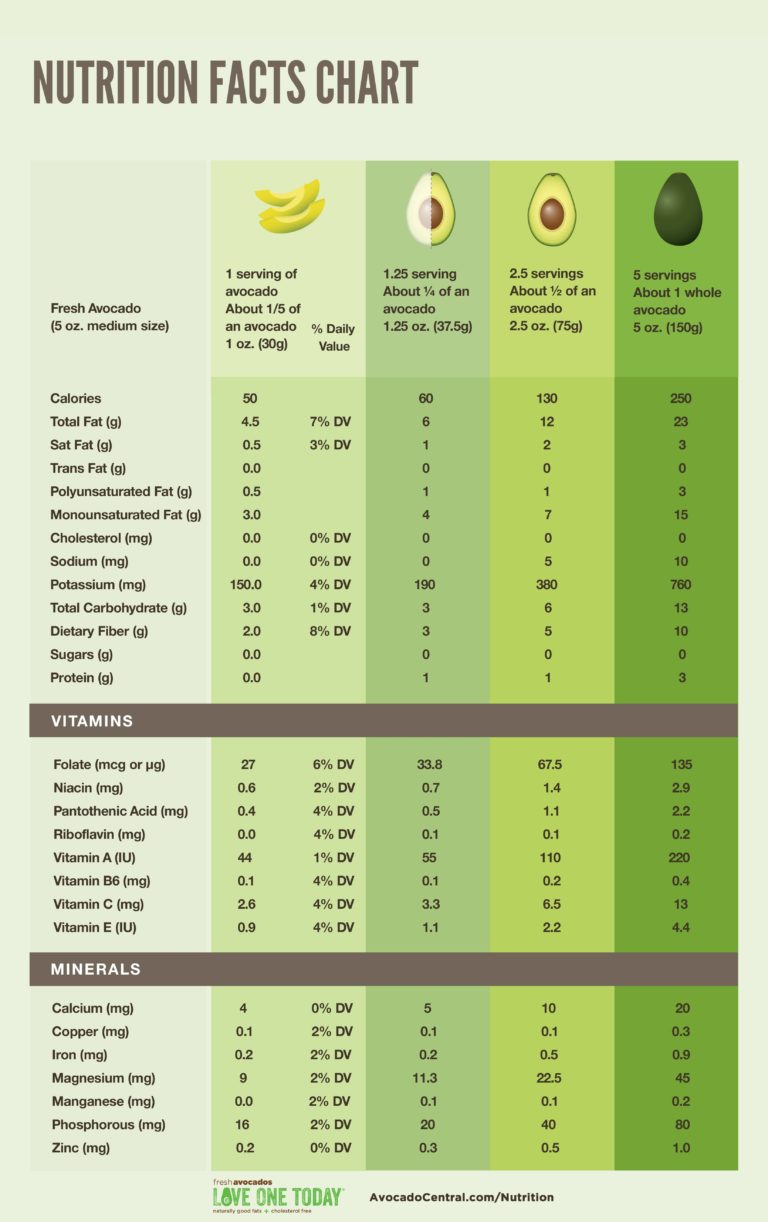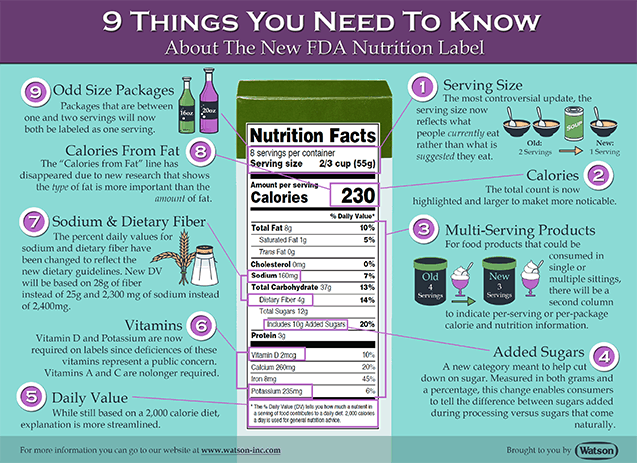Welcome to Our Thirty Ninth Issue!
July; Named to honor Roman Dictator Julius Caesar (100 BC- 44 BC). Julius Caesar made one of his contribution to history; With the help of Sosigenes, he developed the Julian calendar, the precursor to the Gregorian calendar that we use today.
July Feature Chef
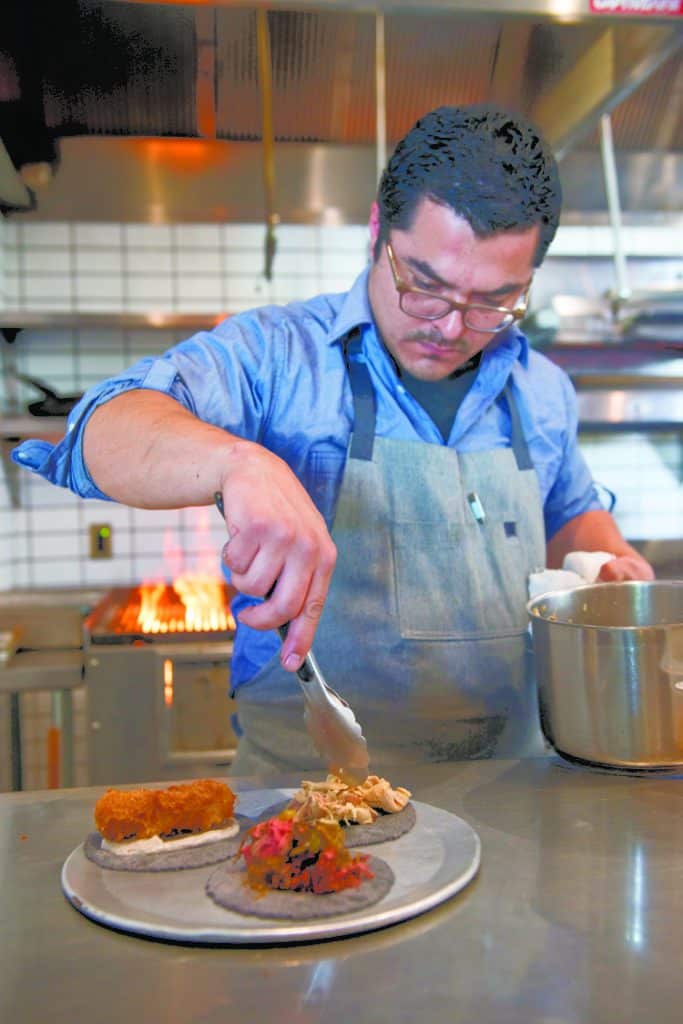

Chef Carlos Salgado
Carlos Salgado has been immersed in the restaurant world since for as long as he can remember. Born and raised in Orange County, he worked in the kitchens of his family’s restaurants. Then it was time for Salgado to return home. He opened simply named Taco María in 2013 and switched from the world of sweets to helming a kitchen with a mission. In a county better known for shopping plazas, sunny outlooks, and mega mansions, Salgado’s cooking puts Mexican flavors and culture on a pedestal, and he’s teaching his homegrown cooks and staff to respect and nurture their own traditions. Using the best ingredients available, including Macienda corn for freshly made masa and tortillas, Salgado works to create a new “Alta California” cuisine.For his work, Salgado was among Food & Wine “Best New Chefs” in 2015, and earned “Chef of the Year” by the Orange County Register. In 2016, he was named a James Beard Award semifinalist for “Best Chef, West.” In early 2017.
Chef Carlos Salgado in action

Ways to Get Vitamin "D"
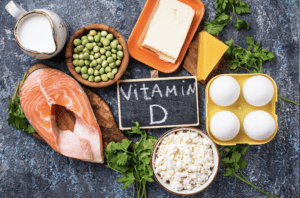
7 ways to reduce stress and keep blood pressure down

Coronavirus; what we can do.
Implement a personal hygiene program. To lessen the possibility of food handlers contaminating food, institute a good personal hygiene policies to make sure food handlers come to work healthy. Include actions such as reporting illnesses and covering wounds
Remind employees to wash their handsThis is especially important after using the restroom and after handling raw meat, seafood and poultry. Use a single-use paper towel or hand dryer, rather than any part of their uniform, to dry.
Use separate equipmentEach type of food should be prepped and handled with a separate piece of equipment. Some operations use colored cutting boards and utensil handles to help keep equipment separate.
Clean and sanitize all work surface. All work surfaces, equipment and utensils should be cleaned and sanitized after each task. Simply rinsing equipment is not enough to eliminate pathogens that can contaminate food.
1. Drink lots of hot liquids; coffee, tea, soups & warm water.
2. Take a sip of warm water every 20 minutes. This keeps your mouth moist and washes any of the virus that has entered your mouth and pushes it into your stomach where the gastric juices will neutralize it before it can get to the lungs.
3. Gargle with an antiseptic in warm water such as salt, vinegar or lemon juice every day if possible.
4. The virus attaches itself to hair and clothes. Any detergent or soap kills it. Take a shower immediately when coming from outside and shampoo your hair.
5. Wash metallic surfaces. The virus can remain viable on this surface for up to 9 days. When not in your home, wear gloves if possible to avoid touching hand rails, door knobs etc. if you can’t wear gloves or don’t have any, wash your hands immediately and then shower.
6. Regardless if you’ve gone outside, wash your hands every 20 minutes with soap that foams and do it for 20 seconds.
7. Eat fruits and vegetables. Try to elevate your zinc levels.
8. Animals do NOT spread the virus to people. It’s person to person transmission.
9. Try to avoid eating and drinking too many cold things.
10. If you feel a sore throat coming on, gargle with antiseptic immediately. Do it every hour. The virus enters through the throat where it remains for 3-4 days before it passes to the lungs.
Follow these tips to prevent spread of pathogens through basic, good hygiene practices
- Washing with soap and water is much more effective than washing with water alone. Soap binds to the dirt, oils, and microbes present on hands and makes it easier to wash them away. Applying soap also tends to make people scrub more thoroughly.
- Friction from lathering and scrubbing hands physically helps the soap bind to and loosen dirt, oils, and germs.
- Although the optimal length of time for handwashing may depend on factors such as the type and amount of soil, grease, and germs on hands, studies have shown that scrubbing for at least 15 seconds removes significantly more germs from hands than washing for shorter periods.
Information provided by Aminta Martínez-Hermosilla, MS
Happy Fourth The July !!!!!
Spend quality time with family and friends over the 4th of July weekend and enjoy the true treasure of your days on this Earth
Click on the American Flag and enjoy the YouTube Video link, courtesy of Larry Stuart.
“God Bless America”
Food for Thought

What is "Inulin" and what are the health benefits?
Inulin is a heterogeneous mixture of fructose polymers found in nature as plant repository carbohydrates.[1] This dietary fiber survives your stomach acid and passes into the small intestine. Along the way it mixes with water, ferments, and then becomes food for life-supporting probiotic bacteria of the large intestine. This bacteria includes things like bifidobacterium and lactobacilli. When you keep bacteria like these fed, they keep out unwanted bacteria like E. coli and Clostridium difficile and fungus like Candida.
Click here for more information; The benefits of Inulin
The Power of Carotenoids
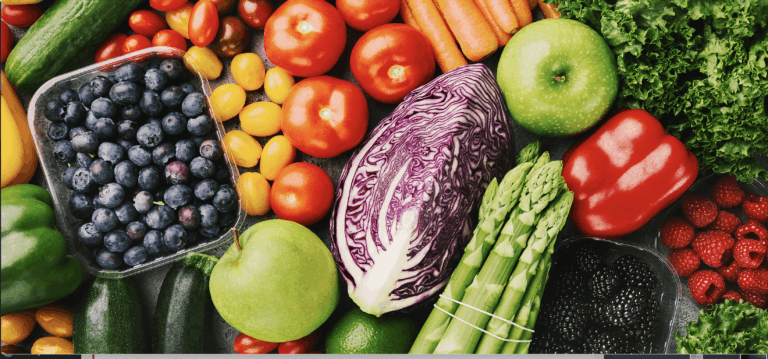
Carotenoids are the yellow-orange pigments in fruits and vegetables. There are more than 600 carotenoids, of which over 450 that exist in food have been identified; these include beta carotene, lycopene, beta kryptoxanthin, and lutein. Some 50 carotenoids are converted to vitamin A in the intestine, and until recently scientists thought that the others were simply pigments that played no role in health. Recent years, however, research has shown that many of the carotenoids may have disease-preventing potential.
Foods rich in beta-carotene and other carotenoids include: Apricots, asparagus, beef liver, beets, broccoli, cantaloupe, carrots, corn, guava, kale, mangoes, mustard and collard greens, nectarines, peaches, pink grapefruit, pumpkin, squash (yellow and winter), sweet potato, tangerines, tomatoes, and watermelon.
A trend that should be re-introduced in the Workplace
Your Business and your community can benefit from volunteers…taking your team out of the office to volunteer in the community.
The 2017 Deloitte Volunteerism Survey showed that employees like it when businesses have involvement in the community that flows into the workday. It proved to boost morale and build a positive work atmosphere. 1,000 employees were surveyed and the report concluded: 70% believed that volunteering opportunities boosts morale more than interchanging positions. 77% believed that volunteering was essential to the employees well-being-. 89% of the surveyed thought that company sponsored volunteer activities such as; food drives, city clean ups, created a better working environment.
Many companies have found, creating out-reach programs, i.e. Big Brothers, Big Sisters, at Food Banks, Children’s Hospitals has allowed their employees to reach out and get a better understanding of their communities. While doing so, has boosted moral and enthusiasm in the workforce.
For more related reading, please click here*
Toni Ali/HR Expert
A helpful sheet for accuracy in recipe costing/ click below
hello
WHAT’S COOKING TODAY?
Braised Peppers and Tomatoes (Peperonata)
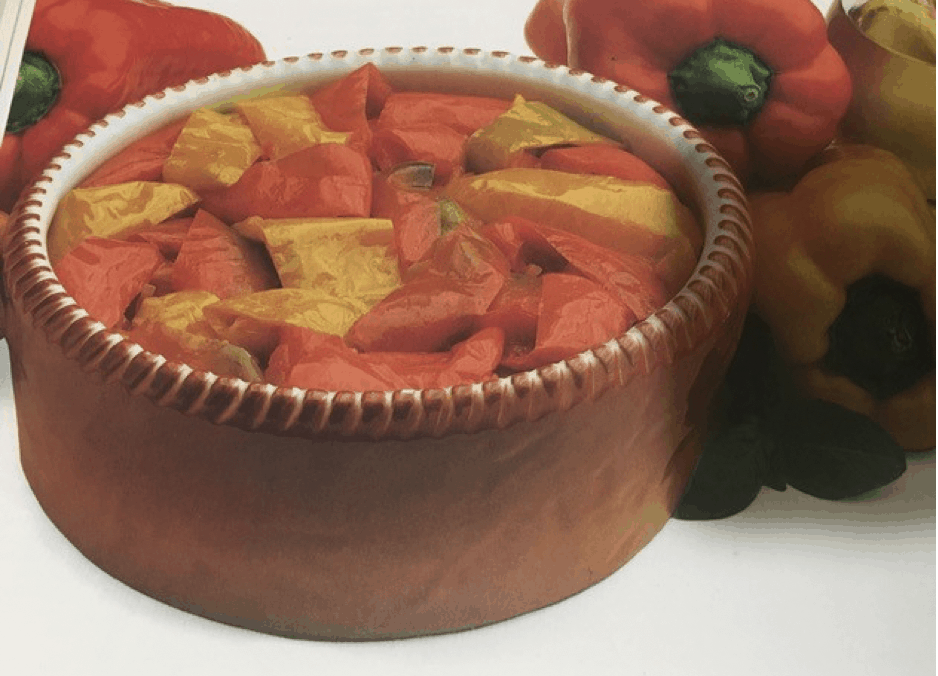
Method
Think Positively (Leadership)

Leaders can build accountability by spelling out what’s expected from employees in terms of results and behaviors, monitoring progress daily and applying positive and negative consequences based on outcomes, says S. Chris Edmonds. “Without consequences, clear agreements and monitoring do not ensure either results or respect,” he says.

2020 Culinary Forecast
Do you have the skills to make a great coach?

- Hire the right fit for your open position
- Allowing this new employee(s) to adjust to your company culture
- Seeing their potential
- Begin grooming them to take positions that are higher than yours in the industry
- Be open to their ideas
Quotes that will help you stay ahead of the game.
Don’t say you don’t have enough time. You have exactly the same number of hours per day that were given to Helen Keller, Louis Pasteur, Michelangelo, Mother Teresa, Leonardo da Vinci, Thomas Jefferson and Albert Einstein.
Telling people what we think of their performance doesn’t help them thrive and excel, and telling people how we think they should improve, actually hinders learning. “
Lead On!
Participative Theories of Leadership
Participative Theories of Leadership are considered by some to be an ideal style of leadership because they consider input from others. Leaders utilizing this type of theory tend to encourage both contributions and active participation from other group members. In turn, this allows the other group members to feel more relevant and committed to the direction the leader has chosen to go. The only real caveat here is that the leader maintains the right of what input to allow from the other group members.
For more information regarding the Participative Theories please visit: Behavioral Leadership
It has been my observation, over the years, that many leaders rank low on empathy. They understand it intellectually, they just don’t pay enough attention, ask the right questions or comprehend that it is not just about what your colleagues think, but about how they feel. To be an effective leader you need to do more than just manage the bottom line and watch the numbers like a hawk. Obviously that may be necessary, but so is offering suggestions, being supportive, being a source of creative ideas, helping your people think through their roles and helping them make the best use of their time. In fact, that is precisely what the best leaders do.
Patrick J. McKenna
As you think about how you exhibit genuine empathy here are five questions for you to contemplate. For more information visit: patrickmckenna.com
Culinary Corner

Form the American Culinary Federation, your chance to create spectacular dishes and contribute with inspirational new ideas.
Click below for more information:
The 2016 Menus of Change Annual Report was released at the fourth annual Menus of Change leadership summit on June 14. It includes an analysis of issues at the convergence of public health, the environment, and the business of food, plus and updated Dashboard of how the food and foodservice industries have progressed—or not—since last year’s report was issued.
The World Culinary Arts Video Series
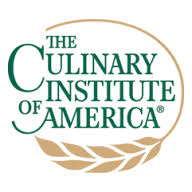
Read more and enjoy the videos at: Amazing video library from The Culinary Institute of America
La Finestra: Trends Spotting

Just like fashion, food trends come and go in the blink of an eye. Every year, we see a rise in these fads that inevitably affect the way we eat and plan our meals. From superfoods to juice cleanses, the modern dining pattern has undeniably been influenced by the presence of a health-conscious effort, which we see continuing into 2020.
Learn more 2020 Food trends according Chefs
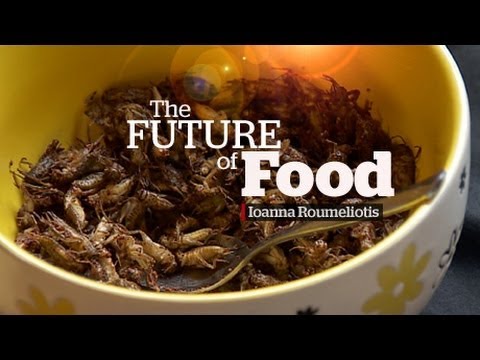
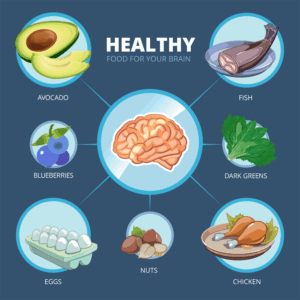
If you’re feeling forgetful, it could be due to a lack of sleep or a number of other reasons, including genetics, level of physical activity and lifestyle and environmental factors. However, there’s no doubt that diet plays a major role in brain health.
The best menu for boosting memory and brain function encourages good blood flow to the brain — much like what you’d eat to nourish and protect your heart. Research found the Mediterranean Diet helps keep aging brains sharp, and a growing body of evidence links foods such as those in the Mediterranean diet with better cognitive function, memory and alertness
Learn more by visiting: Types of Foods to Help Boost Your Memory
Meeting the Demand for Safe, Natural Products
Lately, while shopping at my local grocery store, I have noticed the increasing number of food products marketed as organic or preservative-free. More and more, consumers are demanding green labels and ingredient lists they can understand. Yet food safety — preventing food spoilage and contamination from microbial pathogens — must remain a top priority for food producers. The food safety industry faces many challenges if it is to transition away from the use of refined chemicals toward more label-friendly preservatives.
By Suzanne Osborne, PhD
Wednesday, 30 April 2014
Kale is one of the cruciferous vegetables, cancer fighters full of fiber and antioxidants. great addition to salads or you can bake it with a spritz of extra virgin-olive oil and sea salt for a crispy potato chip alternative.
Hail to the Kale!!
2020 Culinary Forecast

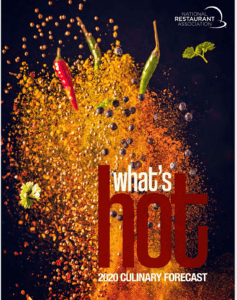
Nutrition, Eat Better
Salt, Consuming the right amount, Most Americans consume more sodium than is good for their health, according to the Centers for Disease Control and Prevention. Learn more!
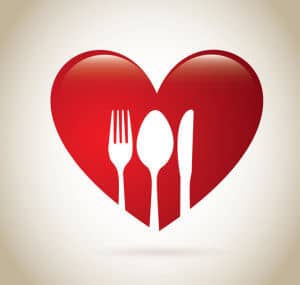
8 Tips For Avoiding Gluten Cross Contamination – PrimoHealthCoach
▪ Oils that have been used to deep fry battered foods will contaminate foods like French fries. Use separate oils, and ask the chef when dining out if the same oil is used for battered foods.
▪ Cutlery, utensils and potsand pans must be thoroughly cleaned before cooking gluten-free to avoid cross-contamination.
▪ Toasters and ovens that have been used for glutenous breads can contaminate gluten-free breads. At home try to keep two separate toasters.
▪ Grills and barbecues can easily cross-contaminate foods if not properly cleaned. Many sauces used to barbecue have gluten.
▪ Sifters used for both glutenous and gluten-free flours will cross-contaminate. At home if you use both types of flour, keep separate properly labeled sifters.
▪ Your mayonnaise, peanut butter jar, jams and jellies are easily contaminated when making sandwiches.
▪ Glutenous flours have a tendency to stay airborne for some time after use. Cooking in a kitchen shortly after preparing foods with glutenous flours is risky for the sensitive person. Because of this I find it very hard to believe that you can get a truly gluten-free pizza from a pizza restaurant that makes regular pizza as well.
▪ Any foods not prepared in a gluten-free facility, including your own home, runs the risk of getting cross-contaminated.
Goodness!!
Avocado oil; this silky fruit oil helps fight joint condition and promoted soft skin.
